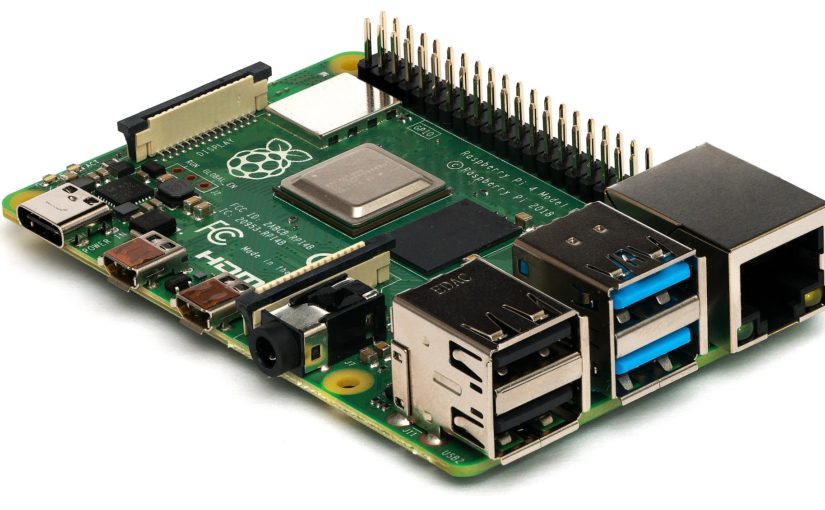If you don’t want the router to keep assigning a new IP to the pi every now and then, then set a static IP. Image Credit
How to do it
1: First, Check if a service is enabled:
BASH
sudo service dhcpcd statusSign up for our newsletter!
1.1: If it is, you are good to go. If not, run the commands:
BASH
sudo service dhcpcd start
sudo systemctl enable dhcpcd2: Run command:
BASH
sudo nano /etc/dhcpcd.conf3: Uncomment (remove the # that is at the beginning) the following lines:
CONFIG
interface eth0
static ip_address=192.168.0.4/24
static routers=192.168.0.1
static domain_name_servers=192.168.0.13: Change the line static ip-address=192.168.0.4/24 to what you want your new static IP to be. static ip_address= proceeds, /24 follows. It should look like this. NOTE: Your IP has to start with 192.168 for this to work:
CONFIG
static ip-address=[Your IP]/244: Press CTRL+ALT+X
5: Hit Y
6: Reboot:
BASH
sudo reboot7: Now, on a Windows machine on the same network, open up Command Prompt and type the batch code. NOTE: THE -t FLAG IS NOT REQUIRED:
WINDOWS BATCH
ping [YOUR PI'S NEW STATIC IP] -t8: Now wait for a response to test if it’s working



